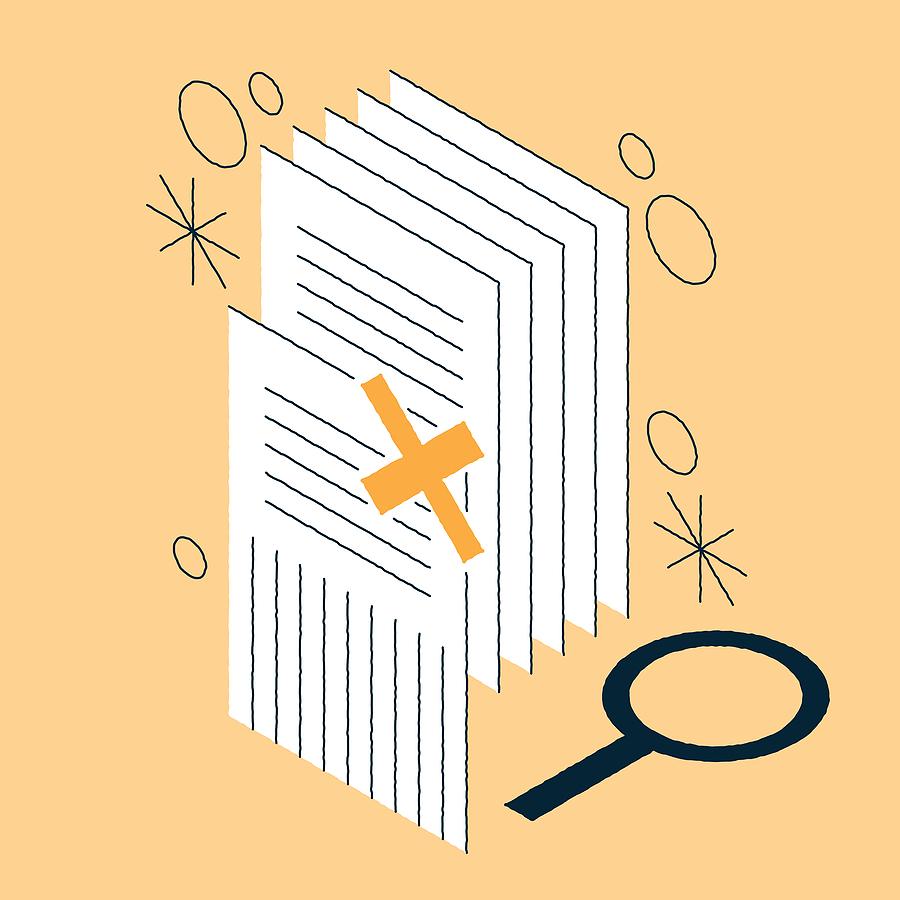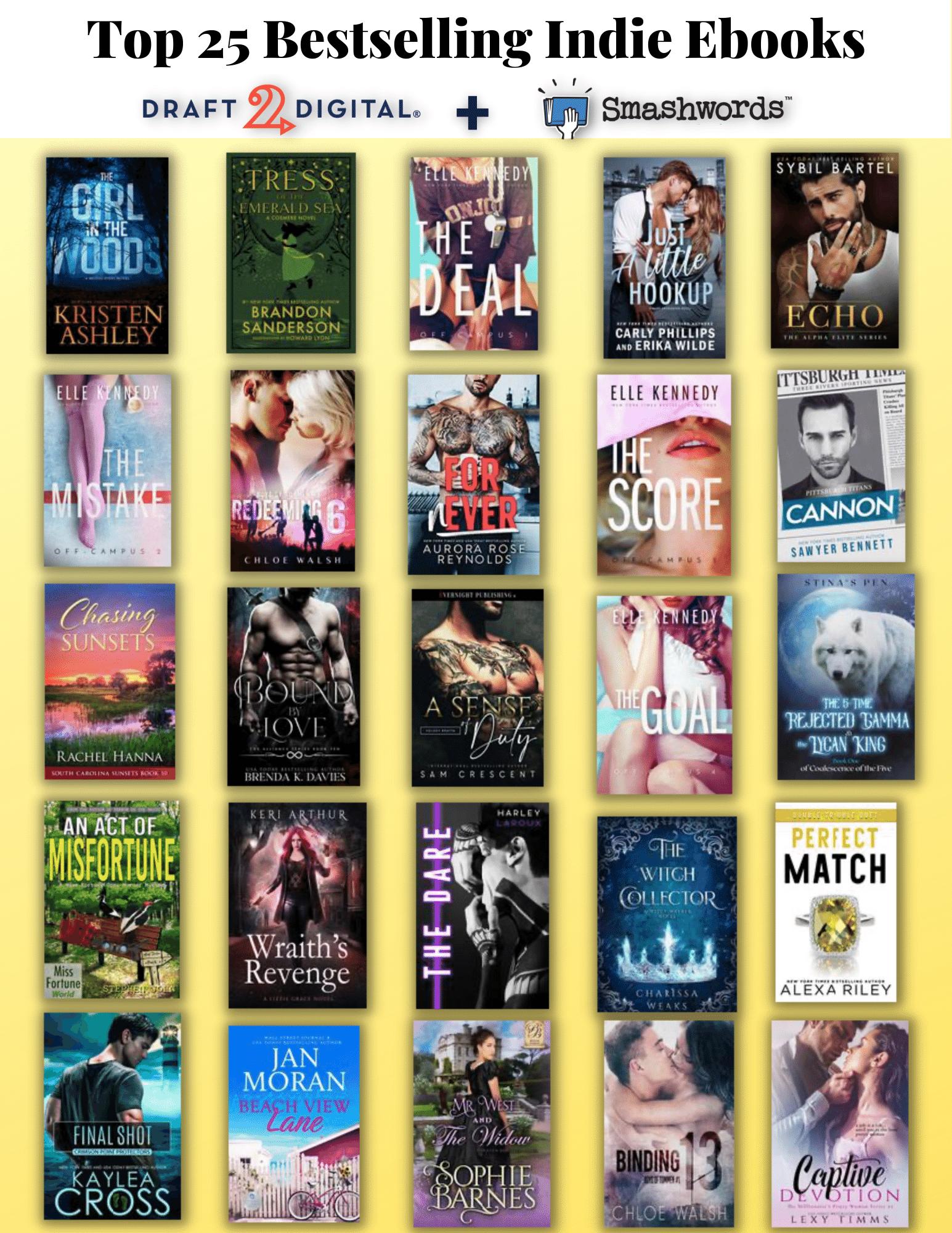
7 minute read
The World’s Thickest Skins: Records and Anecdotes About Rejection
Rejection. The bane of our profession. Those emails, or in the old days, slips of paper, which discourage writers, make them question why they bother, and may even cause them to abandon their dreams.
Some don’t even get this far. Sometimes people are so reluctant to risk rejection they don’t send their stories out, or even allow another person to read them.
Advertisement
When I’m interested in something, it very often turns into an obsession. I tend to dwell on the facts, the actual statistics. Therefore, when I decided to discuss rejections, it got me to thinking – what was the highest number of rejections a particular unpublished story received, or an eventually published book, or the most by one author for multiple submissions?
Obviously, determining the number of rejections isn’t as objective as something like a major league player’s home runs, or an element’s atomic weight, or how many number one hit records a musician had. Presumably, an author could save every rejection letter, and produce them if necessary, but I’m relying on their honesty, and the honesty of the websites that reported most of these.
I didn’t spend months researching this, so it’s entirely possible I may have missed some. In addition, some authors, especially under or unpublished ones, might not broadcast their totals out of embarrassment, so there’s that, too.
Without further quali=ication, here’s what I came up with. (Clearly, with a few exceptions, these were all fantastically successful books/authors. Some totals include agent rejections along with publishers.)
Most rejections – one manuscript/book:
1. 245 – Gilbert Young, for “World Government Crusade”. The English Mr. Young wrote this political treatise in 1958 and endured this staggering total over the next 30 years. So many, he claimed to have run out of publishers to try. The eventual fate of this book is a bit murky – he made the Guinness Book in the 1970’s (with the 106 rejections he’d gotten at that point) and several articles in 1988 claimed the 245 number. However, Amazon listed this title as being published in 1988, but it was currently unavailable. The publisher was listed as “G. Young”, so I’m assuming it was self-published.
2. 217 – Bill Gordon, for “How Many Books Do You Sell in Ohio?” copyrighted 1986. After achieving this total, he started his own publishing company and put this book out, which makes one wonder if he would have overtaken Mr. Young if he hadn’t. Plus, is self-publishing cheating in this case?
By: Paul Stansfield
3. 123 (133?) – Jack Can=ield and Mark Victor Hansen, for the =irst “Chicken Soup for the Soul” published in 1993. Huge bestseller, and spawned a huge series – over 200 books! Both of these men are listed as owning the publishing company that put this out, so maybe this could be considered self-published, too.
4. 121 – Robert Pirsig, for “Zen and the Art of Motorcycle Maintenance” published in 1974.
5. 112+ – Darcie Chan, for “The Mill River Recluse” published 2011.
6. 111 – James Lee Burke, for “The Lost Get-Back Boogie” published in 1986.
7. 60+ – Vince Flynn, for “Term Limits” selfpublished initially, in 1997.
8. 60 – Kathryn Stockett, for “The Help” published in 2009.
9. 38 – Margaret Mitchell, for “Gone With The Wind” published in 1936.
10. 26 (29?) – Madelaine L’ Engle, for “A Wrinkle in Time” published in 1962.
Feeling better yet?
To defend the publishers/editors/agents a little, we don’t know the follow-up. Presumably, they realized later how wrong they’d been, and you’d like to think they admitted this, and apologized to the author, maybe even publicly. Of course, there is the nature of creative endeavors – their subjectivity. Some books, no matter how successful, how classic they’re considered by millions of readers, simply don’t appeal to some individuals.


Which makes the publishers wrong about how well they’d sell or be appreciated by others, but not incorrect about their personal opinion. I’m sure we can all think of examples of best-selling books we think are actually terrible.
Here’s a few editors’ quotes to various famous and successful authors, which came back to bite them on the butt:
Rudyard Kipling: “I’m sorry, Mr. Kipling, but you just don’t know how to use the English language.” From a "San Francisco Examiner" editor.
Mary Higgins Clark: “We =ind the heroine as boring as her husband did.” Editor discussing “Journey Back to Love”.
H.G. Wells: “An endless nightmare… Oh don’t read that horrible book.” About “War of the Worlds”.
George Orwell: “It is impossible to sell animal stories in the USA.” About “Animal Farm”. (I’m no literature expert, but I kind of think that this book just might be a political allegory, and not a children’s book.)
As an aside, I wonder which is worse – an impersonal, “doesn’t suit our current needs” form rejection letter, or an agonizingly detailed personalized one, that goes point by point about why the editor didn’t like your story? The former one in some ways is easier on the ego – it’s not insulting, and you can comfort yourself that maybe it’s sincere, maybe they liked your story but it just didn’t =it. But, on the other hand, it is impersonal – it doesn’t give you any constructive criticism, or answer why they rejected it. In fact, you don’t even know if anyone actually read your story in depth.


Whereas with the personalized rejection, sometimes they do give good advice that might help you change your story, and maybe get it published elsewhere. Plus, you know someone actually did read it carefully, gave it a chance. But it can still hurt way more than the form rejection, especially on the rare occasions when the editor is blunt, or even nasty. When all is said and done, I prefer the personalized ones, but the explanation sometimes comes at a stiffer price.
Now
back to numbers again.
Here are the most rejections for a single author before their =irst sale, for multiple submissions.
7000(!) – William Saroyan. Evidently a stack of rejections 30 inches high (I suppose this could be tested, "Myth Busters" style). Even allowing for exaggeration, that’s some damn dedication!
22 years – Gertrude Stein. (No number of rejections given.)
10 years – Pat Barker.
6 years, 85 rejections – Steve Berry.
A bag too heavy for her to carry – Meg Cabot. She told how she saved every rejection in a bag, her thought being when she was successful and giving public speeches, she’d use it as a visual aid, but then she found she couldn’t lift it. So a vague total, but surely a lot, unless Ms. Cabot is pathologically weak.
Enough to tear down a nail – Stephen King. Mr. King stated he hung up his rejects using a nail, but eventually there were too many. So he replaced the nail with a spike, and kept at it.
Enough to wallpaper all four walls of his room – Lee Pennington. He doesn’t give the room’s dimensions, but still, probably quite a high total. Kind of depressing dé cor, though.
500 rejections, of =ive novels, over 12 years –Anonymous writer, told in Andre Bernard’s “Rotten Rejections” published in 1990.
Back when I was still snail mailing manuscripts (and I did so a good =ive to ten years after most writers had moved to their computers, due to my Luddite-ism, and paranoia about Skynet), I fairly stalked the mailman on weekends or during my usual seasonal layoffs from work. I would check the mailbox frequently, especially if I thought I heard a noise near the front door (sometimes it was a breeze against the mailbox lid, sometimes phantoms in my mind).
Occasionally, I’d even walk outside and look to see if his mail truck was on our street, or if I was driving through the neighborhood. I’d check to see if he or his truck was at least a street or two away. Then, paradoxically, when it arrived, and there was a manuscript reply, I’d sometimes hesitate before opening, afraid of yet another rejection. I learned to be depressed if the envelope was heavy, indicating a returned manuscript instead of a one page acceptance letter.
Of course, sometimes they did accept it, but send the manuscript back for minor edits. Now that I submit almost exclusively online, I have to act semi-crazy in different ways.

Two entertaining anecdotes:
A. Wilber Stevens, later an English professor at UNLV (and a respected poet), received a particularly harsh rejection. The editor torched his submission, and mailed back the ashes! Now, that’s cold.

After E. E. Cummings’s (or e e cummings) novel, “The Enormous Room” was =inally published in 1922, he dedicated it, “With no thanks to:” and then listed the 15 publishers who rejected it. That’s a deliciously bitter “screw you” to the editors.
One “Dishonorable Mention”
That’s Somehow Even a More Tragic Example: This is one I recall from my childhood. I used to love to read “The Guinness Book of World Records,” and in several of the 1970’s editions, they included a “Least Successful Author” category which told the unhappy story of William A. Gold, who was English-born but settled in Australia. Over several decades, Gold reportedly wrote over 3,000,000 words, in the form of 8 non=iction books, 7 novels, and over 100 short stories.
He “succeeded” in getting one piece published for no fee, and then his big sale – for 50 cents from a newspaper. (Some editions even included a photo of Gold hunched over a typewriter, head in his hands.) As an update, I recently learned that Mr. Gold self-published a book, “One Best Seller: A Satire on the Publishing
Game” in 1984, and sadly passed away in 2001. Guinness discontinued this category in the 1980’s – maybe it was too cruel? But, to defend Gold, he did show an almost inhuman amount of perseverance, and he did get two acceptances, and one sale. Barely! Now to my personal totals. I tallied up my numbers, and kind of depressed myself. My total is 1060 rejections and 46 acceptances, for a tidy .041 average. Ouch!
It took me =ive years to get my =irst sale, and about 300 rejections (though I didn’t =igure that exactly). My =irst attempt at a novel sadly could make the =irst list, as it’s been rejected 63 times (publishers and agents). But hey, I’m on the board, and I’m sure some writers have worse percentages, or even no acceptances.
So, I hope prospective, or established, writers can take heart from this. Even the most successful writers usually get their share of rejections, and pretty much every best-seller was rejected at least a time or two.
“The point is, I can’t tell you how to succeed, but I can tell you how not to: Give in to the shame of being rejected and put your manuscript – or painting, song, voice, dance moves (insert passion here) – in the cof=in that is your nightstand drawer and close it off for good. I guarantee you that it won’t take you anywhere.” Kathryn Stockett Keep plugging away!
If you would like to read more about Paul and his writing, visit: http://paulstansKield.blogspot.com











